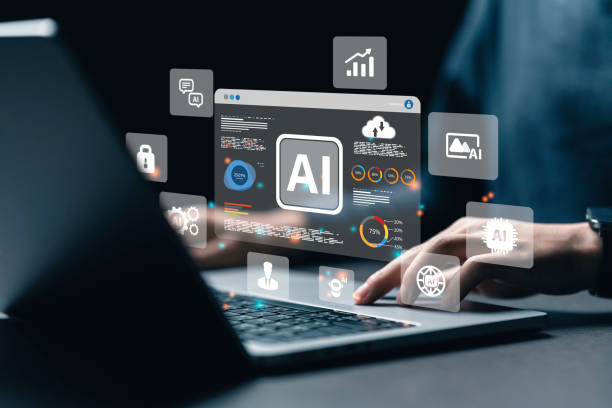As artificial intelligence becomes more integrated into the design and delivery of buildings and infrastructure, design professionals should consider ways to balance innovation with professional responsibility. While AI offers efficiency, optimization and expanded design capabilities, it also introduces new categories of risk: legal, ethical and professional. Below are some risks that may arise when working on a project and ways to consider mitigating the obstacles.
1. Data Reliability and Model Accuracy
Risk: AI tools rely on training data and algorithms that may not reflect local codes, real-world constraints or recent updates in practice.
Mitigation:
- Verify AI-generated outcomes against current building codes and engineering standards.
- Treat AI outputs as suggestions, not final solutions.
- Require human review and approval for all AI-assisted decisions.
2. Professional Liability and Standard of Care
Risk: If a design defect arises from AI-assisted work, the design professional remains liable—even if the AI tool made the error.
Mitigation:
- Document how AI tools are used in the design process.
- Avoid relying solely on AI for critical calculations, safety systems or structural design.
- Maintain clear ownership of all stamped deliverables.
3. Intellectual Property and Authorship
Risk: AI-generated content may include elements from copyrighted materials or create confusion over authorship.
Mitigation:
- Use AI tools with clearly defined licensing and ownership terms.
- Avoid submitting AI-generated content to clients without verification or modification.
- Establish internal protocols for attribution and content validation.
4. Client Expectations and Transparency
Risk: Clients may misunderstand the role of AI, overestimate its capabilities or be unaware of its use in their project.
Mitigation:
- Disclose when AI is part of your workflow and clarify that it supports — not replaces — professional judgment.
- Set realistic expectations around timelines, accuracy and AI-generated deliverables.
- Include AI considerations in contracts and scope discussions.
Best Practices for Risk-Managed AI Adoption
- Train your team on both the capabilities and limitations of AI tools.
Please read the entire article HERE
